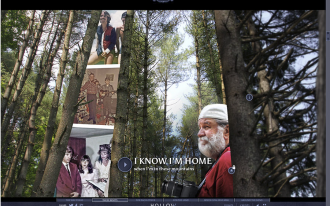Patricia Aufderheide is University Professor in the School of Communication at American University and founder-director of the Center for Media and Social Impact. She is the author of, among other works, Documentary Film: A Very Short Introduction (Oxford University Press) and co-author with Peter Jaszi of Reclaiming Fair Use: How to Put Balance Back in Copyright (University of Chicago Press).
Energy, Economy and Culture
Can interactive docs bring social issues alive differently and in ways that more directly make connections for users between their own lives and perspectives and the challenges? Several interactive documentaries take us inside energy production and show us the human and physical terms of producing electricity. They give us, among other things, new ways to find out what connects with people in talking about big complex issues—climate change, energy choices, the terms of work, the terms of development.
The challenge of all these works is providing an experience that is not only rich but engaging enough to drive users to tell others. They all are trying to tell stories while connecting with users expecting a non-linear format and significant choice. Some are more focused on walking users through to a conclusion; none are focused on specific actions.
Each of the projects below is an experiment that in some way pushes forward the field. Much works, some doesn’t, and they’re all more project than exemplar of a trend. I’ve shared my reactions to all of them and will be curious about what yours are.




